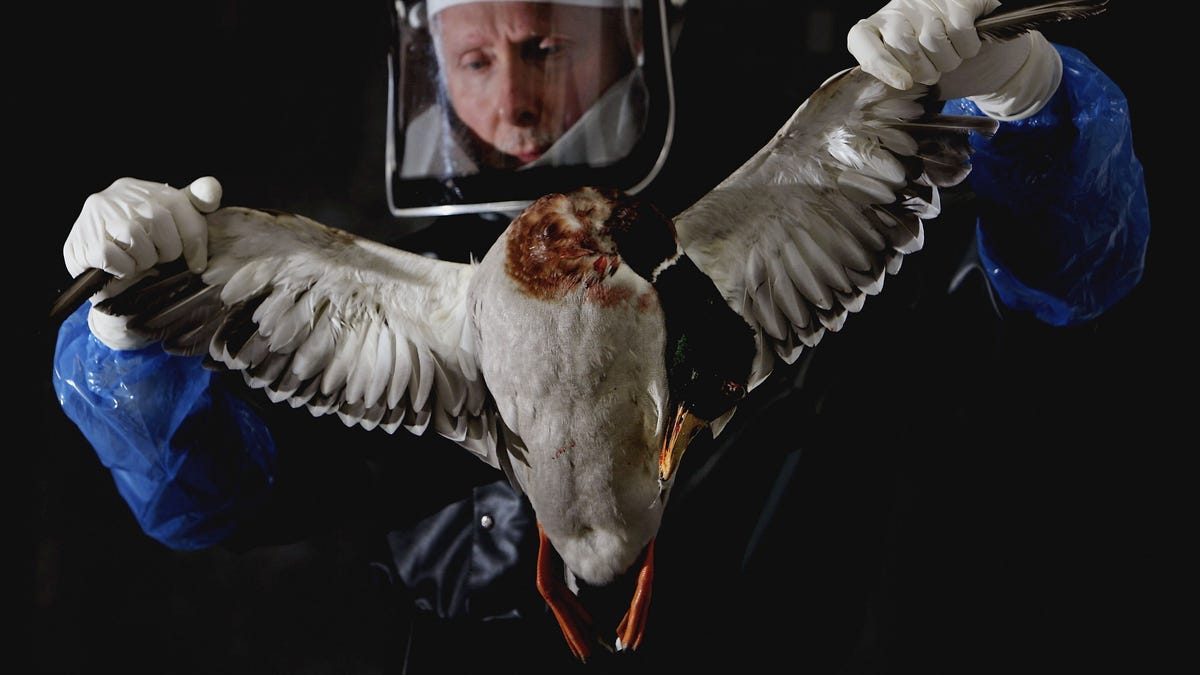
Here we go again?
A subtype of bird flu (H5N1) that has been circulating in Europe, the Americas, and Asia has shown the ability to spread among mammals such as minks, seals, and sea lions. And although experts think there is no reason to fear yet (for humans, that is; birds should indeed worry), mammal circulation does increase the risk that the virus might acquire the ability to spread between humans, something that has yet to be observed.
- Off
- English
The good news is, there are vaccines. More accurately: There can be, quickly, if we need them. The US has a stockpile of avian flu vaccines, and vaccine makers say they would be able to turn around hundreds of millions of doses of vaccines for the bird flu latest subtype in months.
But there’s a downside to that: Most of the potential millions of doses of bird flu vaccines that would be needed in a potential (though, yes, unlikely) human epidemic are already reserved. For rich countries, of course.
Even more unequal than covid
At least three manufacturers—GSK, influenza vaccine leader CSL Seqirus, and Moderna—are developing vaccines that match the subtype H5N1 circulating. All three are close to testing on humans. By leverage the infrastructure for the manufacturing of seasonal flu vaccines, manufacturers could quickly make large volumes of N5H1 vaccines.
But the vast majority of the doses would fulfill existing agreements stipulated between drug manufacturers and wealthy nations. Since 2007, for instance, GKS has had an avian flu pandemic preparedness agreement with the UK government. It also has deals in place with Switzerland, Iceland, and Denmark. CSL has made a similar commitment to the US government.
In the few recorded human cases, the avian flu has been much deadlier than Covid, with a mortality of about 50%, compared to Covid’s 3%. Pandemic best practices suggest the equitable—and, in the case of a virus that transmits through the air, the smartest—response is to begin vaccinating vulnerable people around the world, before all the population of any one country is vaccinated.
But as Covid has shown us, this isn’t necessarily what happens—and chances are a potential avian flu pandemic could show an even more unequal vaccine distribution.
In 2019, the WHO adopted the Pandemic Influenza Preparedness Framework, a legally binding agreement that requires drugmakers to abide by two of several sharing options, including “donate at least 10% of real time pandemic vaccine production to WHO,” “reserve at least 10% of real time pandemic vaccine production at affordable prices to WHO,” or “grant royalty-free licenses to manufacturers in developing countries.” (pdf, p. 34)
For all other doses, vaccine makers would have to honor their standing contracts with wealthy nations first, leaving low-income ones—where lives are at higher risk due to weaker health systems—without sufficient immunization options.
Any hopes for equality would be up to the goodwill of rich countries. Given how deadly the bird flu is, it’s safe to assume that these nations would focus on themselves first, leading to levels of inequality that would be even more stark than with Covid.
"bird" - Google News
March 22, 2023 at 09:17PM
https://ift.tt/FaS2r6j
Is there a bird flu vaccine available for humans? - Quartz
"bird" - Google News
https://ift.tt/0YtfZ3b
https://ift.tt/N4ZMPV6
Bagikan Berita Ini














0 Response to "Is there a bird flu vaccine available for humans? - Quartz"
Post a Comment